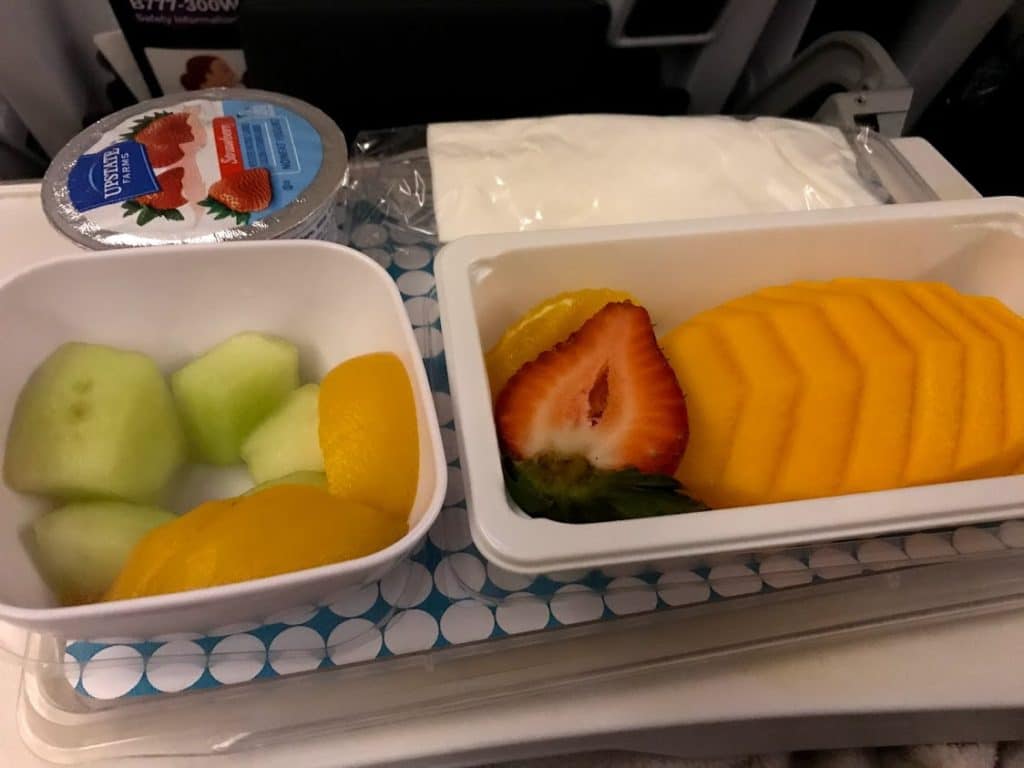I love to travel, and want to give tips/advice for traveling with a food intolerance (that would work for most food sensitivities), along with stories to go along with them so most people are able to travel and enjoy their time.
I’ve made a lot of mistakes food-wise while traveling, and if I can save even one person from going through what I did, then I’ll be glad.
Tips:
- Don’t let anyone bully you into eating foods that will make you sick.
- Plan ahead. If you’re traveling internationally, know what the country’s food staples are. If one of them is corn, pack as much as allowed, or plan a trip to a different country instead.
- Find out what other names are for corn depending on the country you are traveling to. Examples: corn = maiz, corn syrup = glucose syrup
- Try to find the places to stay with kitchens, so you are able to cook your own food. If you’re worried and have the baggage space, bring some of your own appliances – spatula, knife, soap, sponge, cutting board, pan…
- Check international legalities with what foods you’re bringing into the country
- Bring your own food for flights
- Look for health-food grocery stores near where you’re traveling, so you might be able to find ingredients to cook with there.
- If you’re able to eat out, do the research first! Make sure to find the restaurants you might have a chance to eat at, instead of getting hungry and stressed the day of.

Examples of food mistakes I’ve made while traveling:
1. Don’t let anyone bully you into eating foods that will make you sick.
A lot of people won’t understand the corn intolerance, and will try and peer pressure you into eating things that might make you sick. This past Christmas, I was traveling and the people I was staying with were trying to help, but really didn’t understand and were set in their ways.
I don’t have many issues with produce, but I still try to buy produce from healthier food stores instead of the local, generic shops. That caused an argument as to whether or not I bring my own food from the city or buy them from Walmart. I ended up bringing my own in from Whole Foods.
Later on the trip there was another argument that I gave in to, with dish soap. They used a floral-scented Dawn dish soap, which I knew would cause problems eventually. I wanted to get my own soap for everyone to use instead. Their response was “we already have soap.”
And I couldn’t change their mind. I ended up having a huge build up reaction of everything combining the day after Christmas, where I was so painfully bloated I had to unbutton my loose, normally needing to wear a belt, jeans. There were other food factors that I hadn’t fought too, but I wish I had stood up more for myself on that trip.

2. Plan ahead. If you’re traveling internationally, know what the country’s food staples are. If one of them is corn, pack as much as allowed, or plan a trip to a different country instead.
I traveled to Costa Rica, and was miserable at the beginning because their primary food is corn. We were on a tour, where we were going to places in the rainforest and the only food was buffet style that I could see corn kernels in everything served.
After a few days, my cereal I brought had bugs crawling in it too. Most of my safe food was gone. We eventually took a boat taxi to the local village, and I bought peanuts, a smoothie, and we found a fancy restaurant that had pizza. It was as close to safe food as I could find, and had to make do with it. I started feeling better after finally eating enough calories. I was naively underprepared for that trip, but it was a learning experience.

3. Find out what other names are for corn depending on the country you are traveling to. Examples: corn = maiz, corn syrup = glucose syrup
When I went to New Zealand, initially I got really excited. I thought because it’s such a small country where corn isn’t subsidized, it would be easier to eat because they wouldn’t put as much corn in food products. It took me about 3 weeks to figure out why I was feeling so bad every day and that, yes, they do put corn in most processed foods.
I was excited to not be making my own granola bars, and was staying in hostels, so I didn’t want to buy all the ingredients and take the time to make them. I looked at the ingredient lists and bought the more expensive bars, and thought “glucose syrup” was made from something like wheat or sugar. Nope, it was corn syrup. That time the corn was making me really lethargic, which isn’t my normal reaction.
Make sure to check differences in ingredient names before you travel! (Actually traveling to New Zealand? Look at my safe for me food list!

4. Try to find the places to stay with kitchens, so you are able to cook your own food while traveling with a food intolerance. If you’re worried and have the baggage space, bring some of your own appliances – spatula, knife, soap, sponge, cutting board, pan…
I just did a big road trip, and mostly stayed with friends. Before I left for the trip, I asked if I could use most of their kitchens. All of them know about my corn intolerance, so they were very welcoming. I had a great cooler, so I would make a lot of items in bulk, like red beans and rice and muffins; I froze them, and then drove with them to the next place. This made it really easy for me to have designated meals that were fairly easy once they were made.
I felt so great during that road trip compared to other trips because I had a plan for my meals. This meant I didn’t worry about having to make anything while I was hungry.

5. Check international legalities with what foods you’re bringing into the country
I like to plan ahead, so I read the rules to know what is allowed in different countries. An example – New Zealand won’t allow any products with honey in it, because they have such a big honey industry.
6. Bring your own food for flights

If it’s a short flight, there’s probably just going to be snacks with corn in it. If you need snacks, I would just bring some. I try and avoid items with peanuts, just for fear there’s a person with a severe peanut allergy. I’m typically not hungry on long flights. I try and eat before and just bring snacks on the long flights and eat when I land. They will offer food, and one flight I requested the “fruit only” option.
It wasn’t great, but it was better than any other options, and I refused the first meal. I only ate a few bites, because I was worried about corn contamination. Some airlines are starting to be more allergy friendly, but corn is going to take a long time.
7. Look for health-food grocery stores near where you’re traveling, so you might be able to find ingredients to cook with there.
I think this is helpful for feeling prepared instead of being overwhelmed and hungry.
8. If you’re able to eat out, do the research first! Make sure to find the restaurants you might have a chance to eat at, instead of getting hungry and stressed the day of.
I used to eat out at some restaurants, back when I only had a corn intolerance and could handle sometimes having contamination. Often times they were farm-to table, and were happy to discuss ingredients used.
If I’m really in a bind, or don’t have access to a kitchen, I will get sushi. Beware – the soy sauce will probably have alcohol as an ingredient, which is likely made from corn, and the pickled ginger has a bunch of ingredients made out of corn just to preserve it, and sometimes for coloring. I try and just eat the sashimi, sushi, or the basic rolls that don’t have any toppings on them. The rice might have corn in it, either in the rice vinegar or sugar they use. Just a warning.

Traveling can be great, and having a food allergy/intolerance doesn’t mean you can’t go on adventures. It just means you have to plan more than most people do.
I’ll keep updating this as I think of more ideas 🙂
I hope these ideas help you when you’re traveling with a food intolerance. Let me know in the comments if you have any other suggestions!
-Ashley

